
“Nothing ever seems impossible in spring, you know.”
L.M. Montgomery
“Primavera” by Ludovico Einaudi (courtesy of Andreea Petcu):

“For happiness one needs security,
but joy can spring like a flower
even from the cliffs of despair.”
Anne Morrow Lindbergh
“Mariage d’Amour” by Paul de Senneville (courtesy of 555simson, who as the creator of this video seems to have attributed in error the music as being “Spring Waltz” by Frédéric Chopin):
In this post about the Thames and London, I shall concentrate on many unusual, beautiful but not known to visitors and sadly to many Londoners, places.
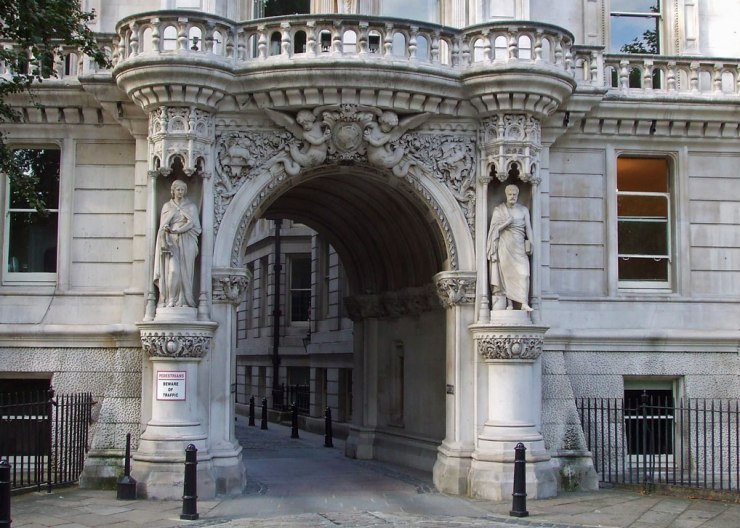
MIDDLE TEMPLE HALL
Middle Temple Lane, EC4Y 9AT
The Hall forms the western quarter of the precinct known as The Temple, which, until their dissolution in 1312, was once the headquarters of the Knights Templar. Situated on Fountain Court, the Hall pre-dates the Spanish Armada. It is the finest surviving Elizabethan building in central London. Elizabeth I dined here frequently, and the first performance of Shakespeare’s Twelfth Night took place in the Hall at Candlemas in 1602. The Hall was begun in 1562 by Edmund Plowden, the Treasurer of the Inn. Its architect was probably John Lewis, the master carpenter from Longleat in Wiltshire, who was summoned to London by Plowden. The building was completed in 1570. Over the centuries it has undergone various modifications.
Courtesy of National Portrait Gallery:
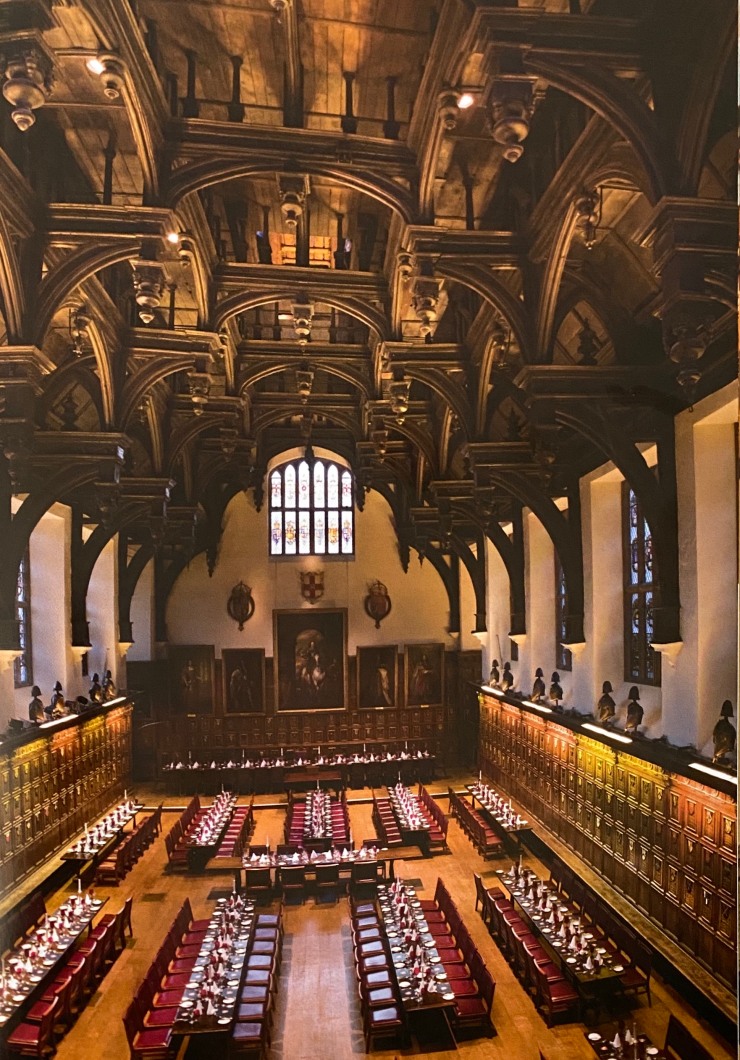
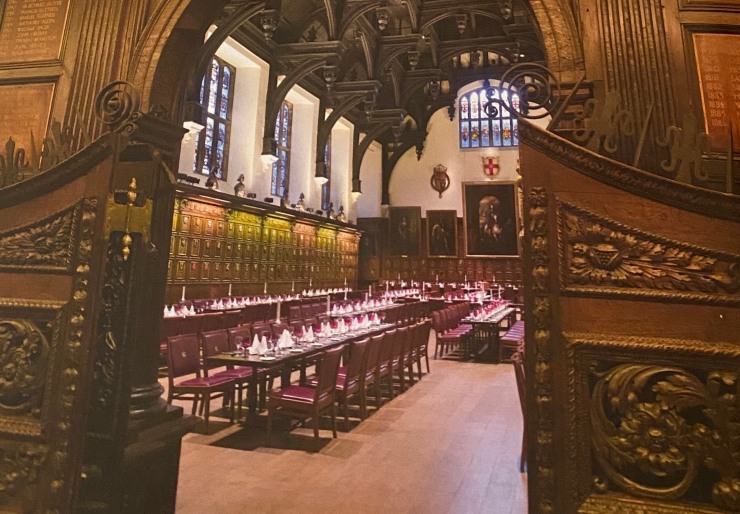
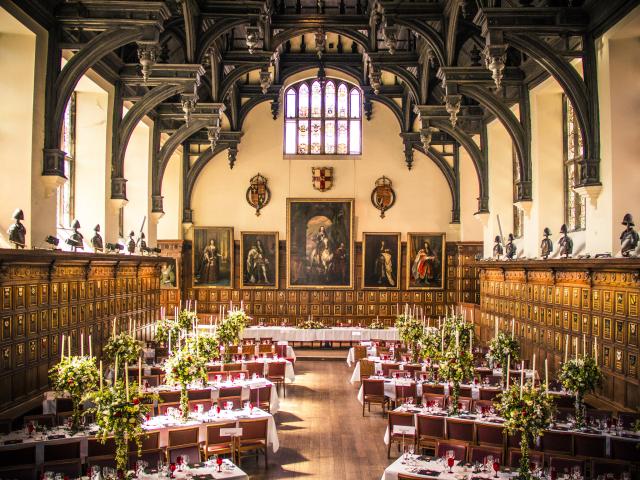
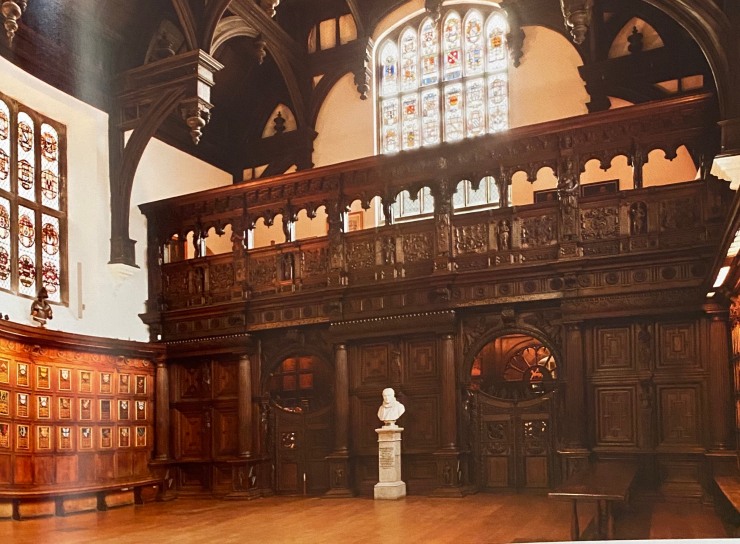
The bust above is of Edmund Plowden
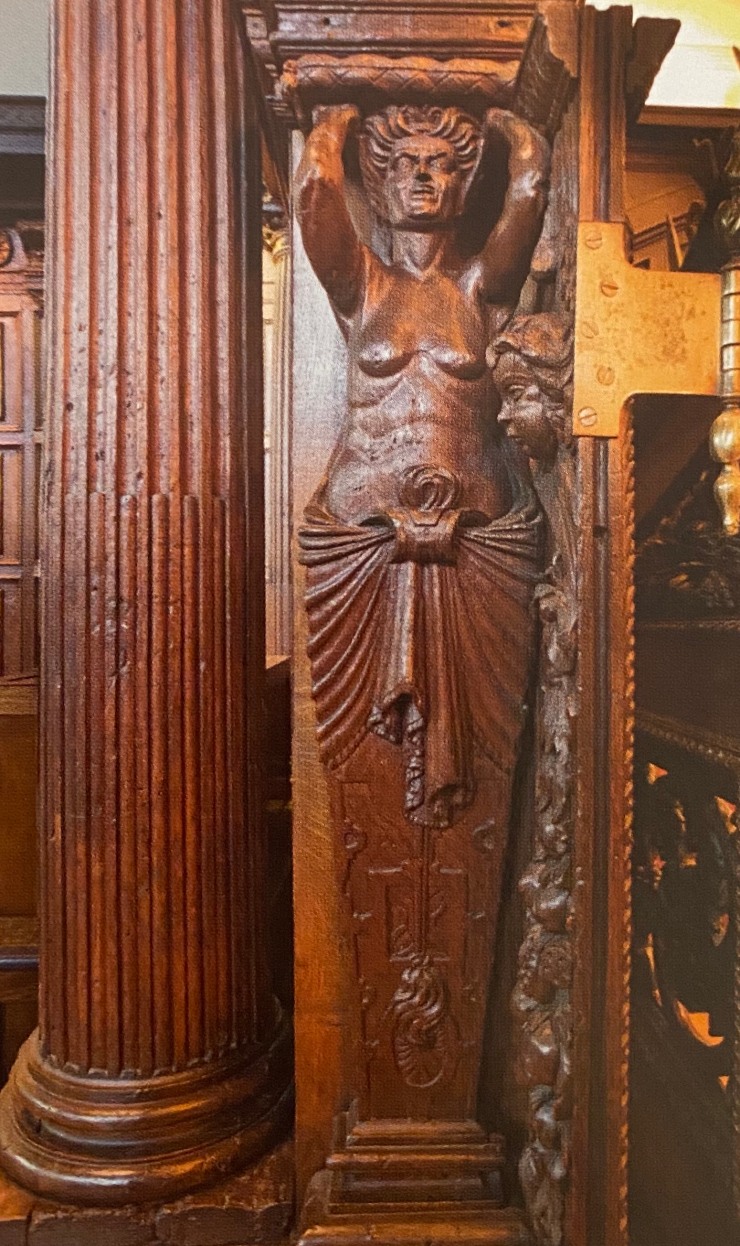
The Hall has a huge double hammerbeam roof, the great curved braces enhancing the the sense of height. Ornamental urns decorate the lower hammerbeams. The highlight of the entire Hall is the stunning two-storey screen created c1570, the round-headed doorways embellished with elaborately carved figures of Hercules on the pedestals. At the centre of the screen is a white marble Victorian bust of Edward Plowden. The Hall is panelled and enriched with the painted arms of the Readers from 1579 to 1899. The High Table comprises three 29ft planks from a single oak from Windsor Forest, a gift from Elizabeth I, the timber being floated down the Thames.
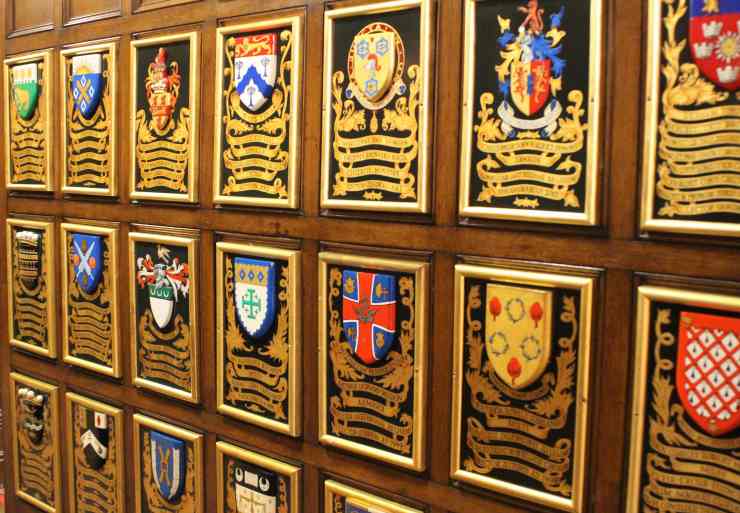



Sir Francis Drake
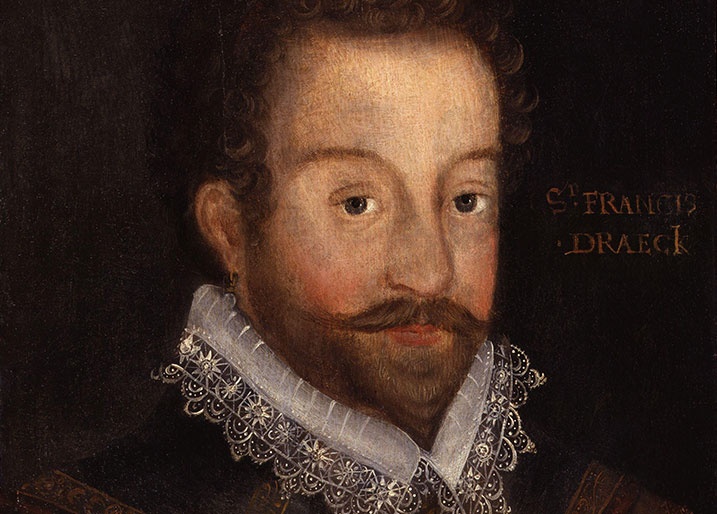
In August 1586 Sir Francis Drake was given a rapturous welcome here by the Benchers and Members on his return from his exploits in the Spanish West Indies and North America. The ‘cupboard’ or table which stands below the High Table and is a centre of the ceremonies, was crafted from the hatch cover of his ship The Golden Hind. On it is laid the book which members sign when they are called to the Bar. In a similar manner to the Oxbridge colleges, the Hall remains the centre of social life of Middle Temple. Students are required to dine in Hall for a minimum of 12 qualifying sessions.
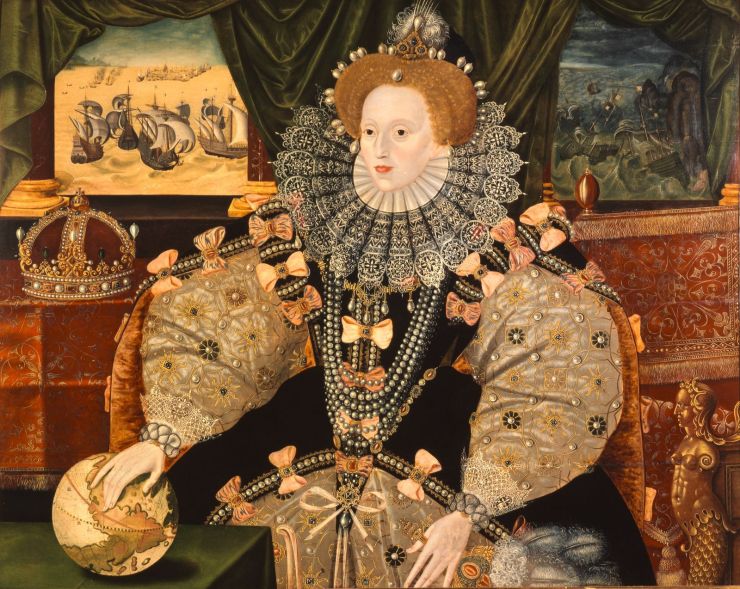
Armada portrait of Queen Elizabeth I
One of Emery Molyneux’s globes at Middle Temple
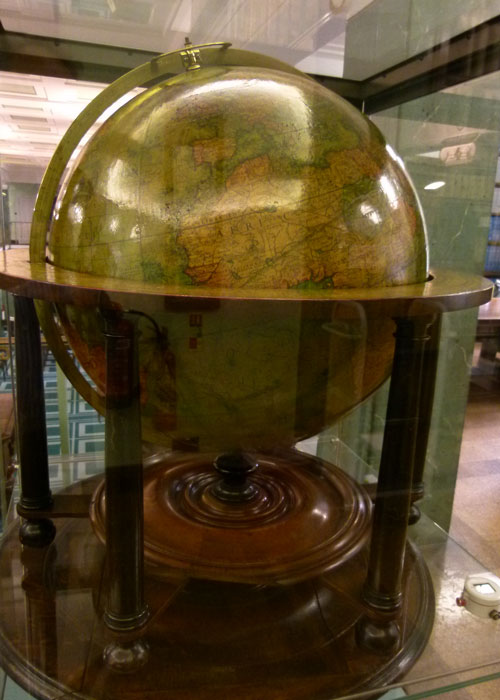
Today the Inn provides education and support for newly qualified barristers and training in ethics and advocacy for pupil barristers. The nearby Middle Temple Library contains a pair of Emery Molyneux’s priceless Elizabethan terrestrial and celestial globes, the first to be made in England. Middle Temple Hall remains a remarkable survival of Elizabethan London and a direct link to the glory days of Drake and Raleigh.
Courtesy of Virtual Venue Visit:
Below is the adopted emblem of Middle Temple, the Agnus Dei, the Lamb of God.
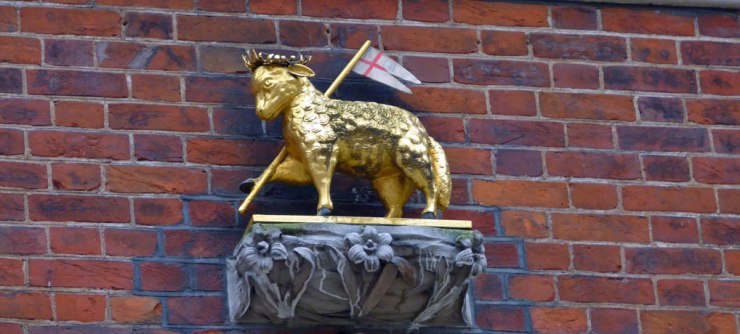
“Barcarolle” from “The Tales of Hoffman” by Jacques Offenbach (courtesy of Classical Music Only):
SHERLOCK HOLMES
10-11 Northumberland Street
WC2N 5DE
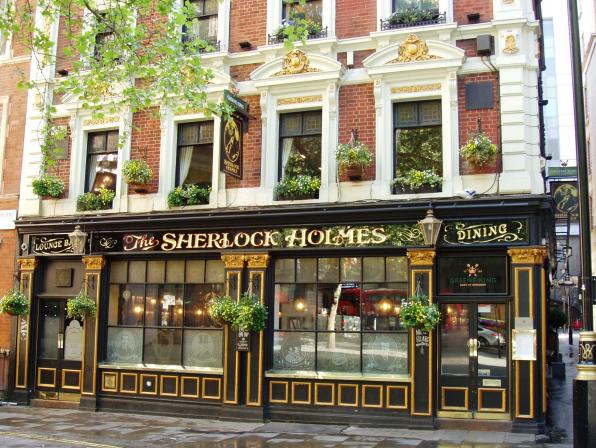
Only a few British characters from fiction have achieved universal renown – Sherlock Holmes, Miss Marple, James Bond and Harry Potter. Such is the reputation of Sherlock Holmes and the appeal of Victorian and Edwardian London that overseas many believe he actually existed. This is perhaps understandable, as a complete recreation of his lodgings was built by Marylebone Borough Library for the Festival of Britain in 1951, and subsequently, it went on a world tour. In 1957 the entire exhibit was acquired by Whitbread (the brewery company), who installed it in The Northumberland Arms (designed by J W Brooker in 1891) and renamed the pub The Sherlock Holmes. The Northumberland Hotel featured in several stories. It was here that Sir Hugo Baskerville lost his boot before leaving for Dartmoor, while Holmes and Watson frequented the adjacent Turkish baths, the old entrance to which can still be discerned in Craven Passage to the side of the pub.
Courtesy of Museum of London:
Below is the recreation of the study of Sherlock Holmes
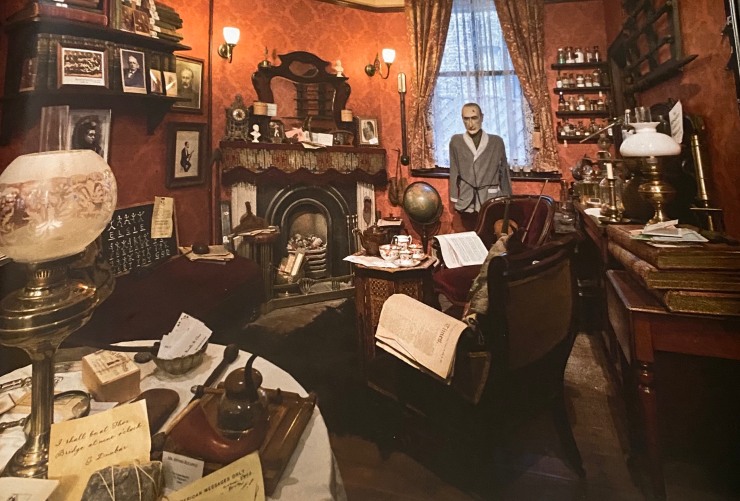
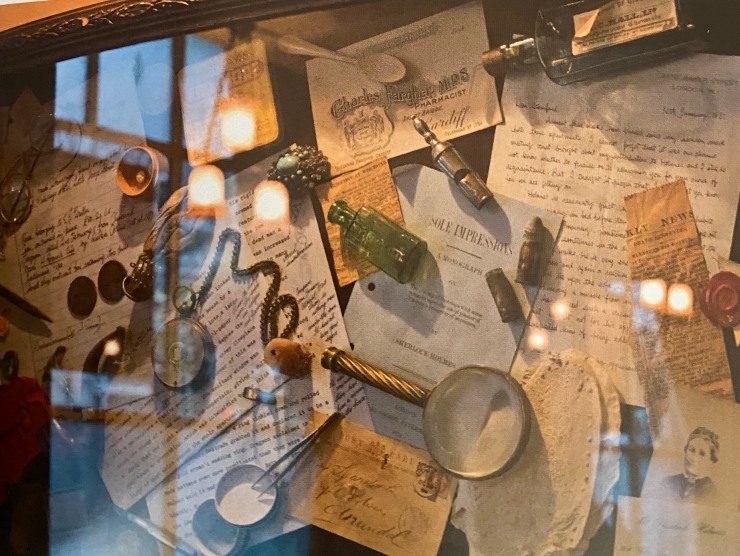
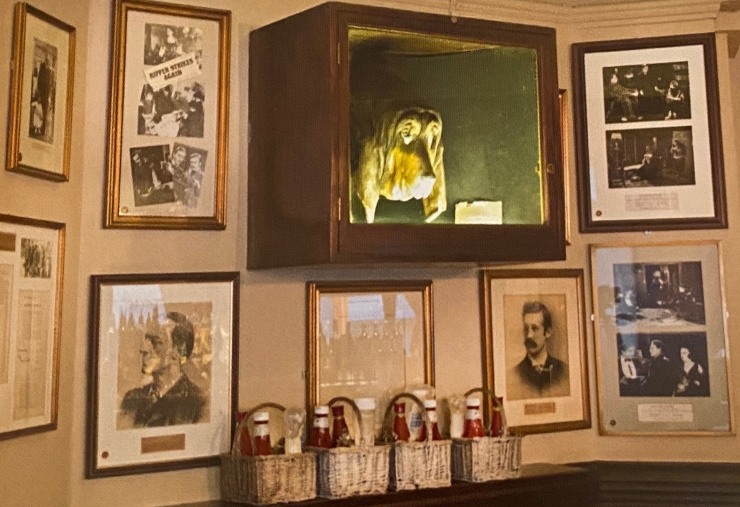

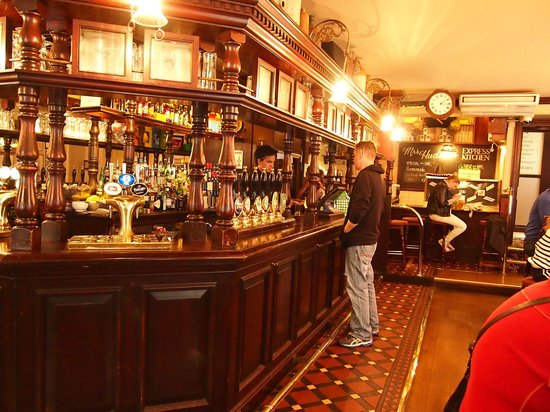
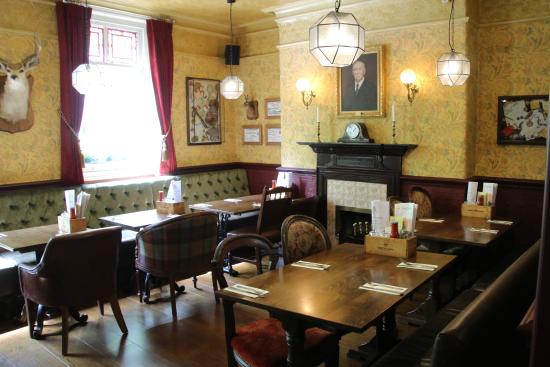

. Anyone for fish and chips?
The pub is strewn with original cartoons, newspaper cuttings, film stills and memorabilia, including Dr Watson’s old service revolver and a distinctly tacky but lugubrious stuffed head of the Hound of Baskervilles. In the restaurant on the upper floor is a complete replica of Holmes and Watson’s sitting room and study set behind a glass partition. To add to the authenticity, the wall is peppered with revolver shots marking out the royal insignia ‘VR’.
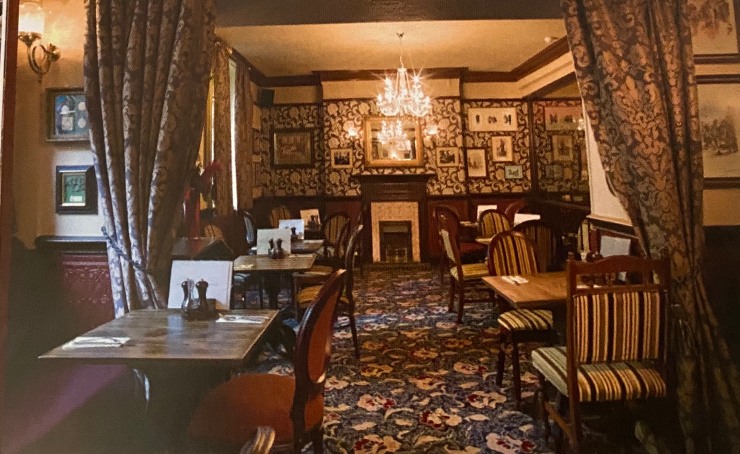
In 1990 the number 221b Baker Street was assigned to the much more convincing Sherlock Holmes Museum in Baker Street which opened in the same year. A year later another opened in the basement of the old English Church in Meiringen, Switzerland, the village where Holmes stayed before his fateful encounter with Professor Moriarty at the Reichenbach Falls.
Below is Sherlock Holme’s residence, now a museum.
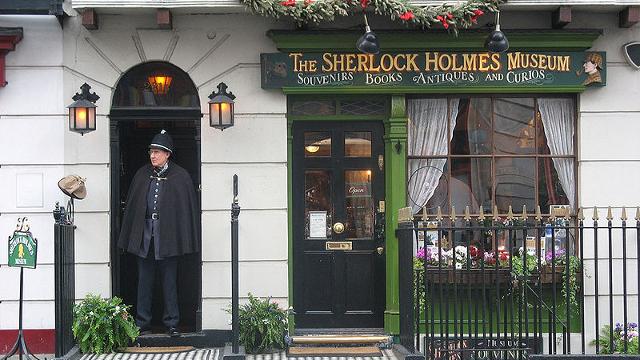
Courtesy of Londonist Ltd,
In the first Sherlock Holmes story, A Study in Scarlet, some of Felix Mendelssohn’s work “Leider De Onne Worter” (Songs Without Words) were played by Holmes at Dr. Watson’s request as they were his favourites. Watson wrote in the story, “That he knew Holmes could play difficult pieces because he played some Mendelssohn and other favourites. He would also create his own pieces extemporaneously.”
Songs Without Words: Opus 62 No. 6 “Spring Song” by Felix Mendelssohn (courtesy of steven960929):
“Spring Song” was also sometimes known in England as “Camberwell Green”, being the place in London where Mendelssohn composed it while staying with the Benneckes, relatives of his wife.
“They still live for all that love them well;
in a romantic chamber of the heart,
in a nostalgic country of the mind;
where it is always 1895.”
Vincent Starrett
SIR JOHN SOANE’S MUSEUM
13 Lincoln’s Inn Fields, WC2A 3BP
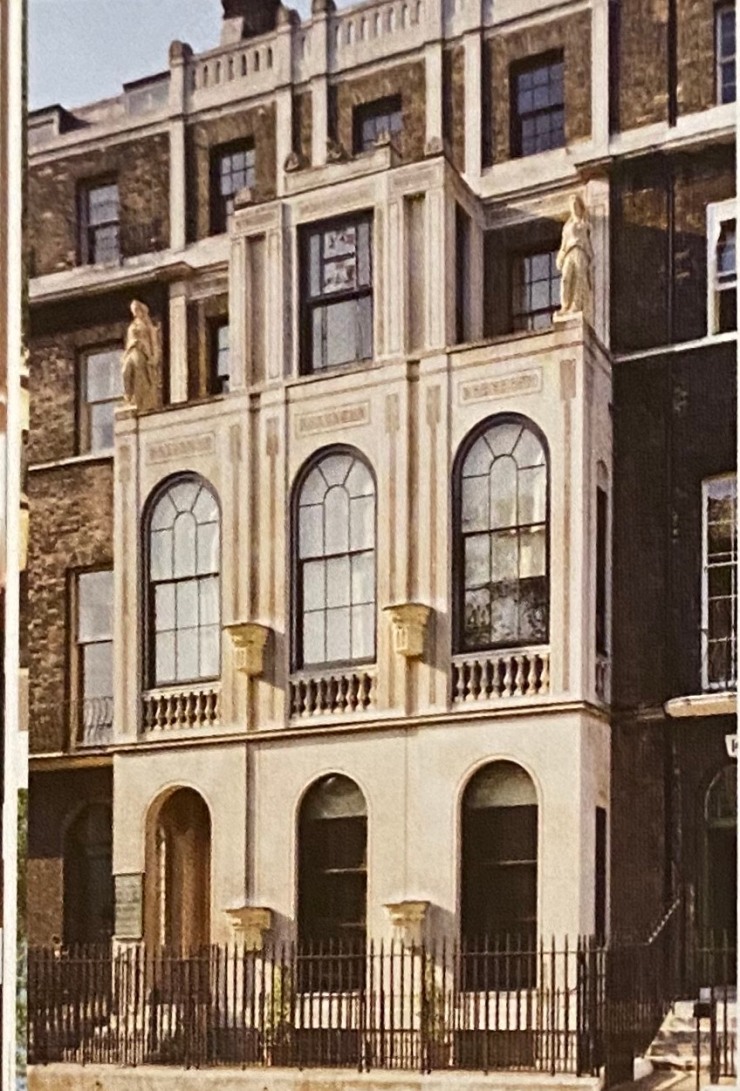
Sir John Soane’s treasure house has been a haunt of students of art and architecture for over 200 years, the place of an extraordinary collection of architectural fragments and curiosities all displayed in varied spaces and room for maximum theatrical effect to surprise, delight and mystify visitors.
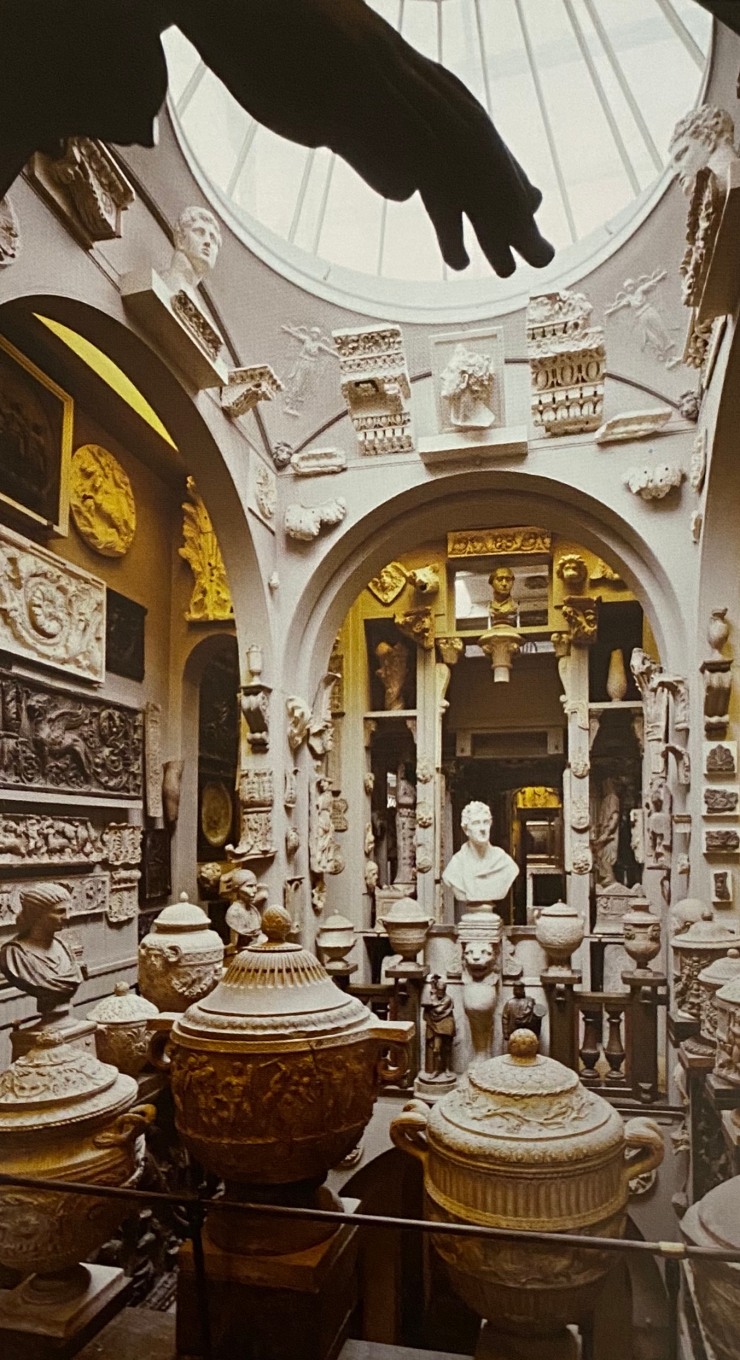
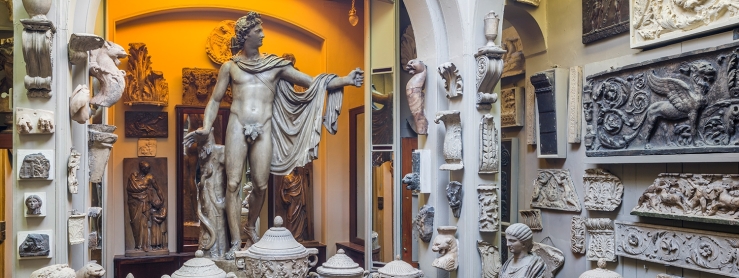
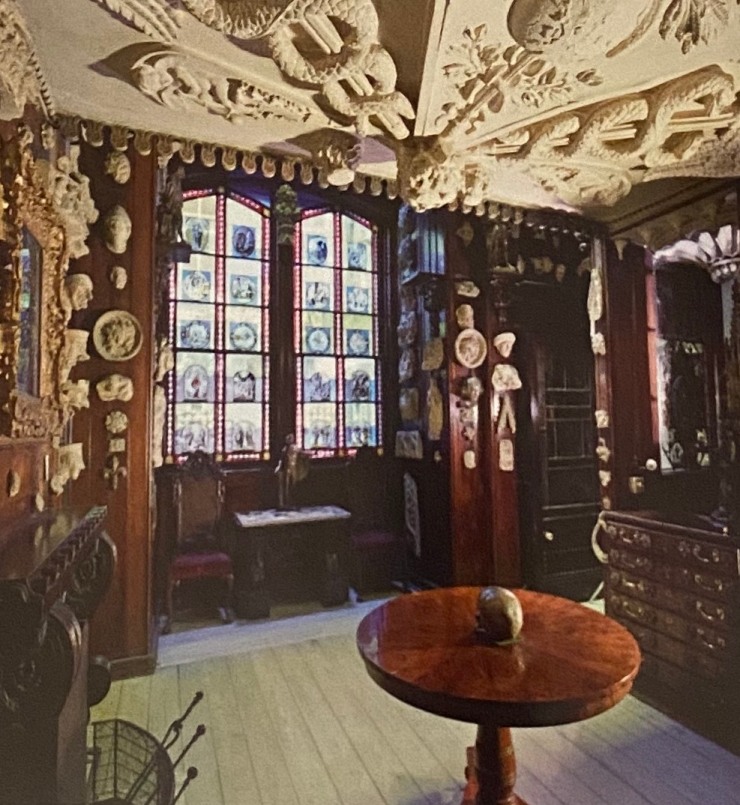
Born in 1753, the son of a bricklayer, Soane was a peculiar man. Exceptionally tall, and with a face once likened to a ‘picture on the back of a spoon’, he was demanding and a voracious collector. He was also one of England’s most brilliant and original architects who developed a unique architectural style of his own. He studied architecture at the Royal Academy and in Italy. Just eight years after returning to England, he was appointed architect to the Bank of England. After an advantageous marriage to Elizabeth Smith, an heiress, in 1792 he acquired No 12 Lincoln’s Inn Fields, which he rebuilt as his family home and office. In 1813 he moved next door to No 13, which he rebuilt as a museum for his burgeoning collection. Ten years later, he bought No 14, which he rented out, using the stable yard at the rear to extend his museum. On his death in 1837, the entire complex was bequeathed to the nation by an Act of Parliament.
Courtesy of The Guardian:
The visitor passes through a procession of carefully contrived spaces intended to induce particular effects and moods. On entering via No 13, to the right of the narrow stone staircase with its distinctive Soanian iron balustrade, is the Dining Room and Library painted Pompeiian red and lit by coloured glass with artfully concealed mirrors conveying an illusion of space.
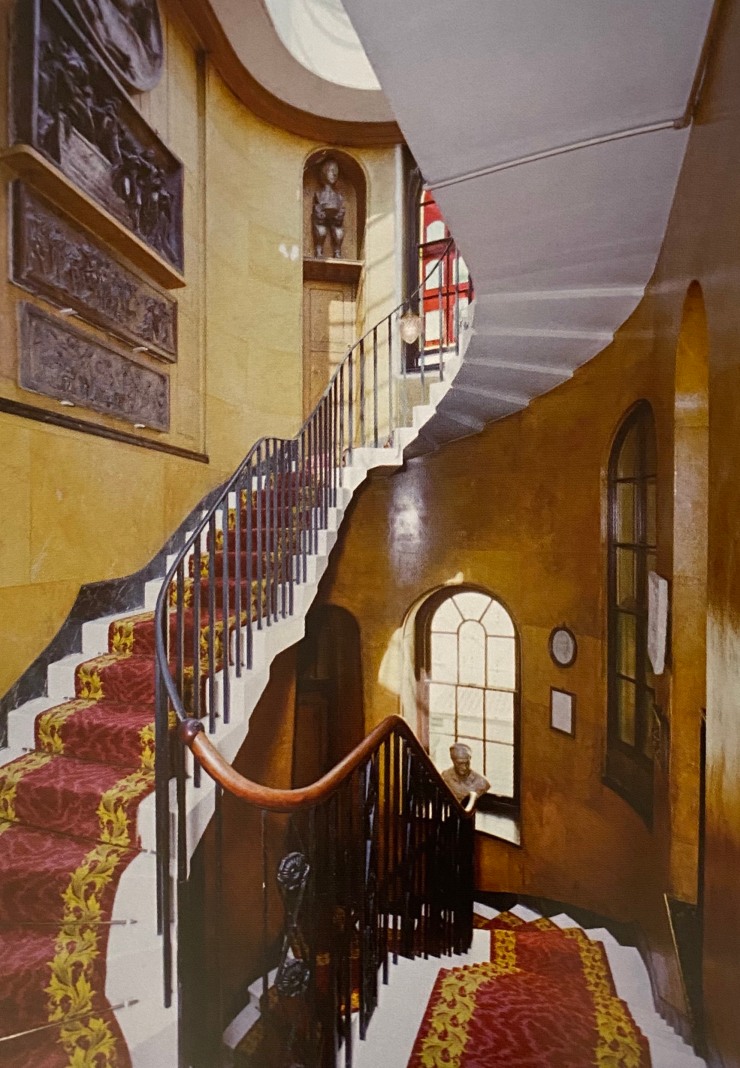
The Study and Dining Room contain a collection of antique marbles acquired in Italy in the 1790s. Both rooms overlook the Monument Court, a light well crammed with antiquarian fragments with a bust of Soane at the centre. In the Picture Room, built in 1824 on the old stable yard at the rear of No 14, are over a hundred pictures ingeniously displayed on ‘movable planes’ with works by Canaletto, Hogarth, Fuseli, Turner and Hodges, and some fine drawings by Piranesi.
Below the treasures in the Picture Room.
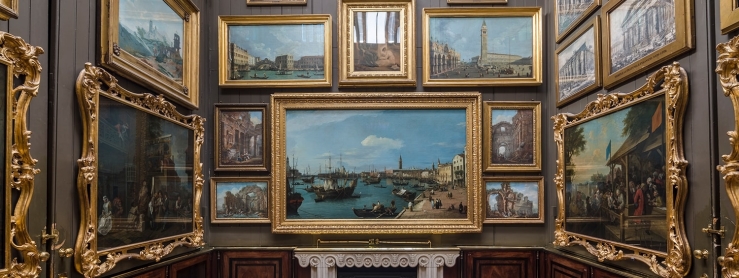
Below is the painting An Election I by William Hogarth (1697-1764)
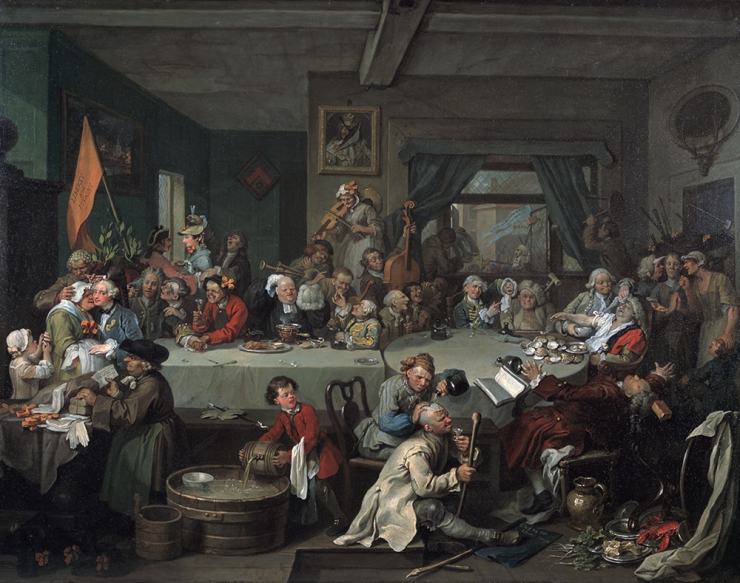
Below a view of Venice by Antonio Canaletto (1697-1768)
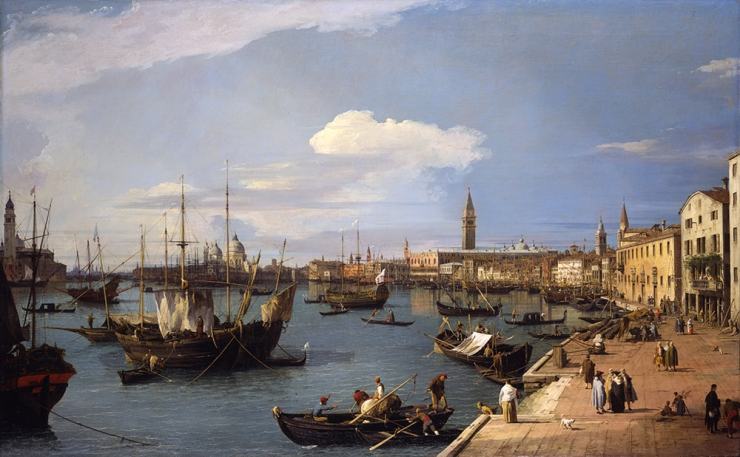
Basilica: view of the interior from the East by Giovanni Battista Piranesi (1720-1778)
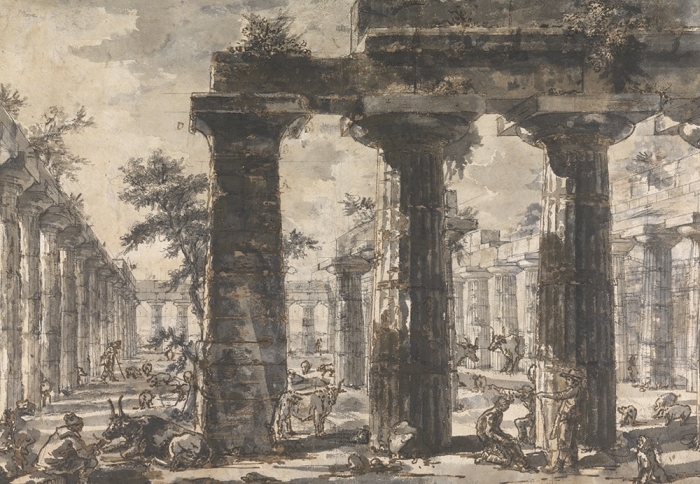
The Monk’s Parlour is a pure flight of gothic fantasy, designed to induce melancholia; a constricted space lit by stained-glass with medieval masonry and carvings taken from the Palace of Westminster salvage during Soane’s supervision of alterations there. The Crypt continues in the same vein intended to evoke the atmosphere of Roman catacombs. In the Sepulchral Chamber, pride of place is given to the Egyptian sarcophagus of Seti I, the son of Ramses I and the father of Ramses II, purchased by Soane, after the British Museum declined to buy it.

Below is the alabaster sarcophagus of Seti I
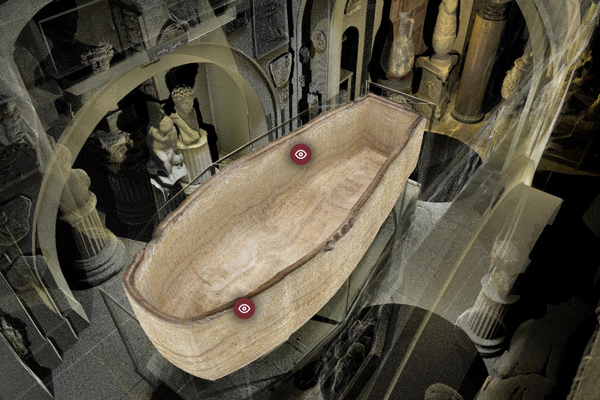
Courtesy of SoaneMuseum:
The sarcophagus was found empty in the tomb shown below. The mummy of Seti I was found many years later in the Royal Mummy Cache nearby where it had been moved for safekeeping in antiquity. The mummy is now in the Egyptian Museum in Cairo.
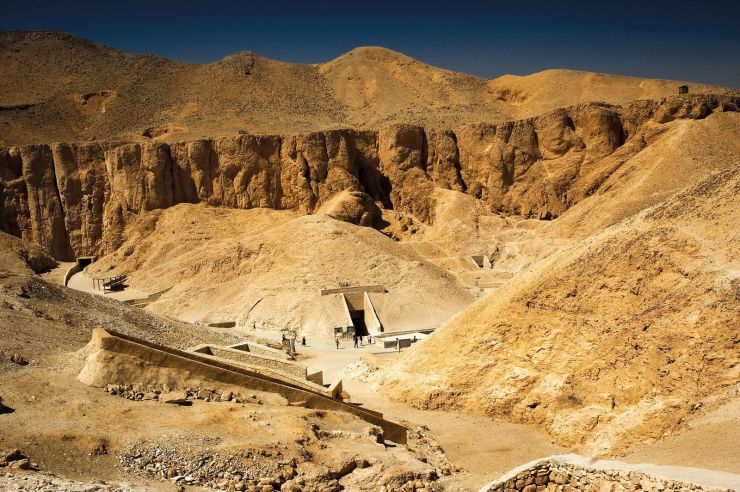
The collection also includes a 5th century BC female torso from Acropolis, full-size Roman statues of Apollo Belvedere, and an 1829 marble bust of Soane. In the Breakfast Room beautifully lit from the above through a canopied dome of coloured glass and mirror fragments, are portraits of Napoleon. Among the curiosities in the eclectic collection are pistols belonging to Napoleon and Peter the Great, a scold’s bridle for nagging wives, and a giant sponge from Sumatra.
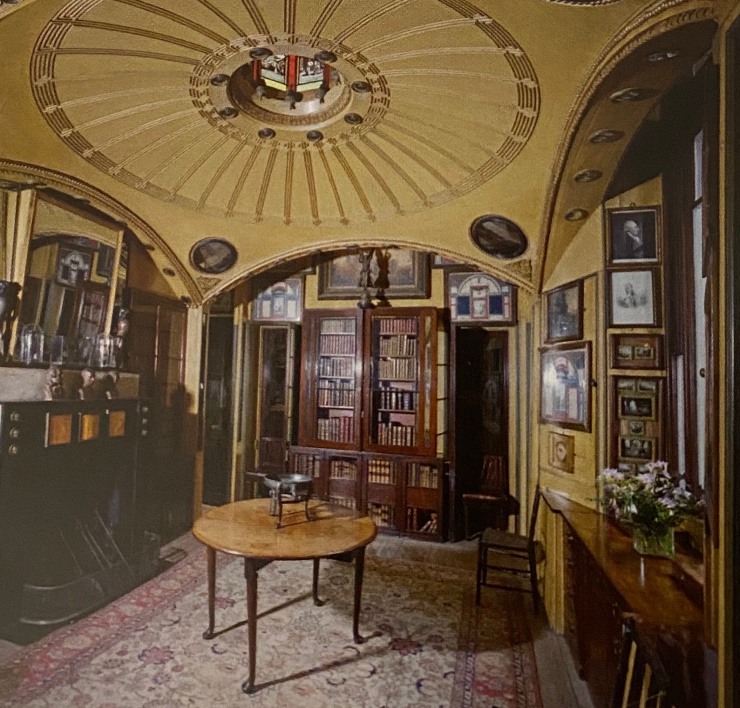
Sir John Soane’s Museum is one of London’s greatest treasures, fostering an understanding of history of the late 18th and early 19th centuries, and widely regarded as the supreme example of the house museum in the world.
“Waterways” by Ludovico Einaudi (courtesy of Jack Evans):
SPENCER HOUSE
29 St James’s Place, SW1A 1NR
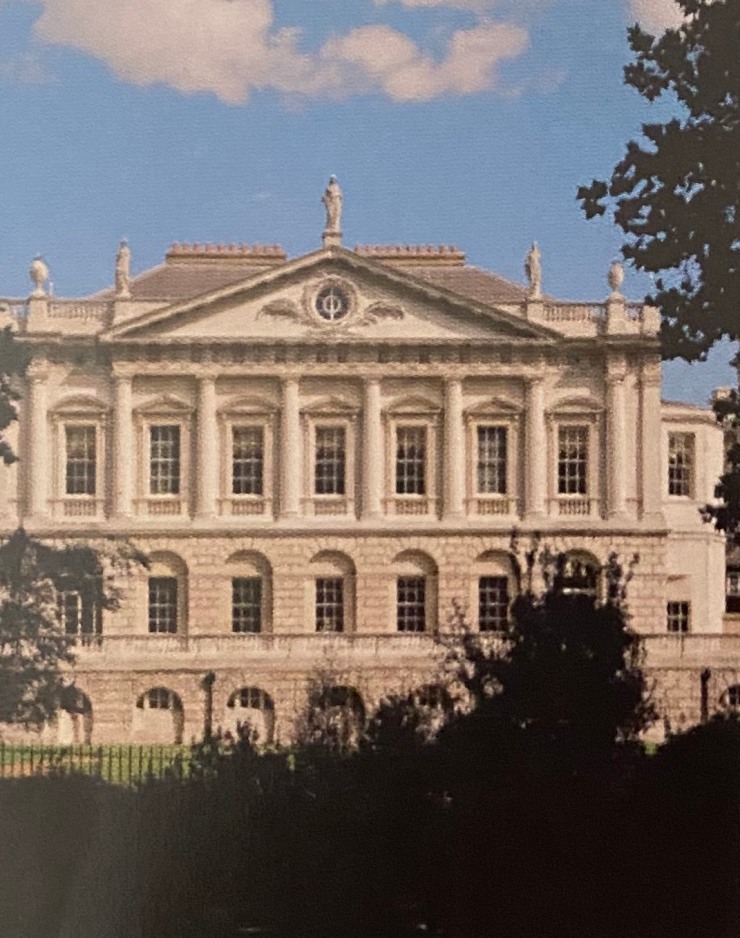
The house was built between 1756 and 1766 as the London residence of the 1st Earl Spencer and his wife, Georgiana. The exterior and grand floor interiors are rooted in the Palladian tradition but are one of the earliest examples of neo-classicism in England. In addition to Spencer’s magnificent collection of European art, the second Earl added a library of early printed books, regarded as the greatest private collection in the world. For over 100 years the house was the setting of for lavish balls, sumptuous suppers, and refined receptions for leading members of society. In 1857 a ball was held for Queen Victoria.
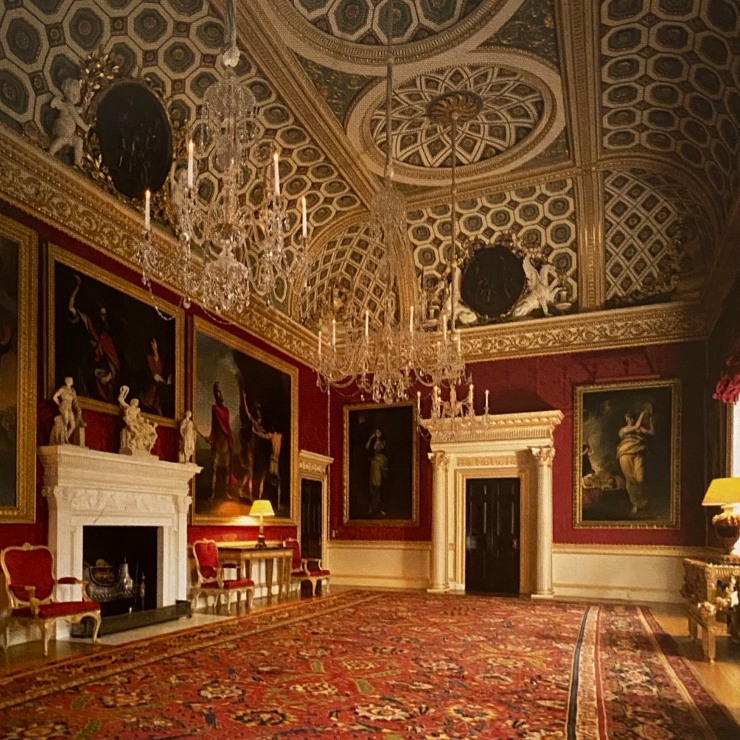
The classical entrance hall is embellished with a Doric frieze of swags from the Temple of Jupiter the Thunderer. The Ante-Room has a great niche in the manner of the Temple of Venus. The stunning Palm Room is one of London’s most magical spaces, the palms symbolising marital fidelity. Corinthian half-columns swathed in palms fronds frame an arch, which leads to a domed central space surrounded by three coffered apses.
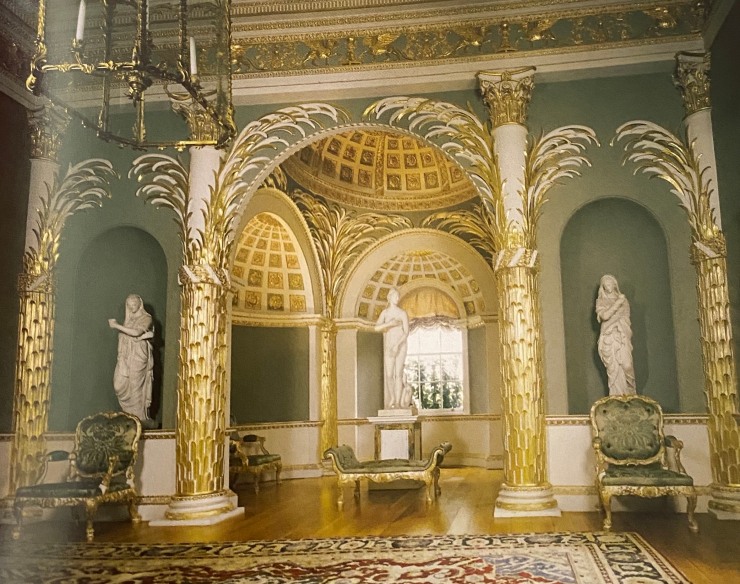
The stone staircase with a Venetian window at half-landing level and a cut metal balustrade painted in trompe l’oeil – all lit by a magnificent Venetian lantern from the Doge’s barge. The enfilade of rooms leads on to the Great Room, which is lined with red damask rising to a coved ceiling, with four bronze medallions portraying Bacchus with panthers, Apollo with griffins. The Painted Room beyond has its green walls decorated with painted scenes depicting the Triumph of Love.
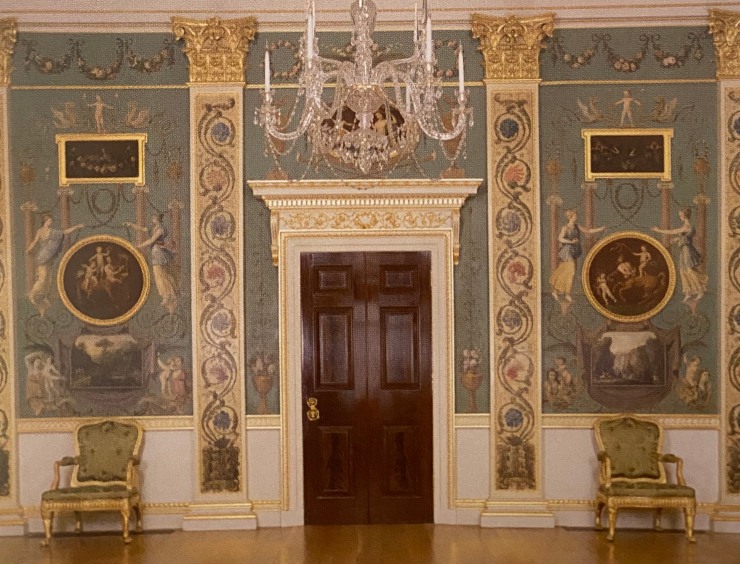
The Spencers remained in occupation until 1895, when the house was let, before finally departing in 1927. The house is now on a long lease to the 4th Baron Rothschild, but still belongs to the 9th Earl Spencer, the brother of Diana, Princess of Wales.
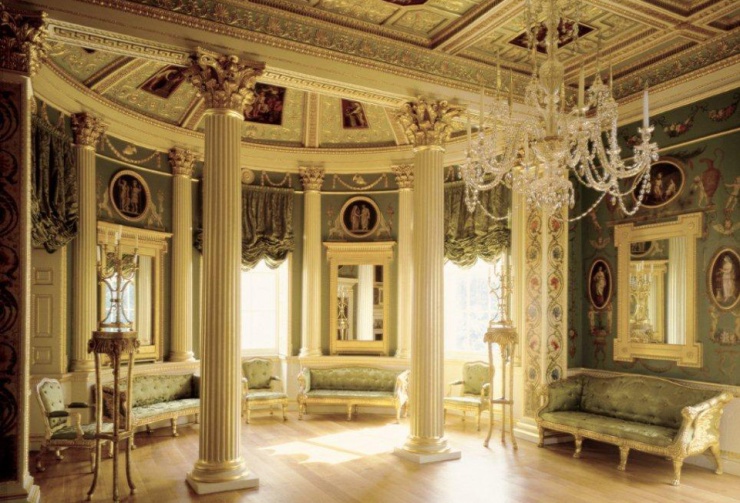
The restoration of Spencer House by Joseph Rothschild as a reception space was a triumph since it has provided the setting for concerts, charitable events, political meetings, conferences and royal receptions. The house is open to the public every Sunday, except in January and August.
“Salut d’Amour” by Edward Elgar, (courtesy of NancyFloressantos):
FOREIGN AND COMMONWEALTH OFFICE
King Charles Street, SW1A 2AH
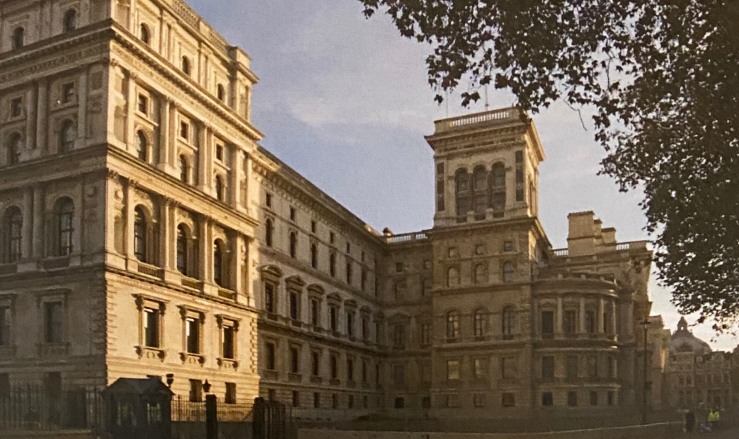
The Foreign and Commonwealth office is the grandest of all the great offices of government. In the 1960s and 70s serious proposals were put forward for its demolition, but following a huge public outcry the building was listed, Grade I, following which an ambitious phased programme of restoration was undertaken from 1988 to 1992 to restore the interiors to their original glory.
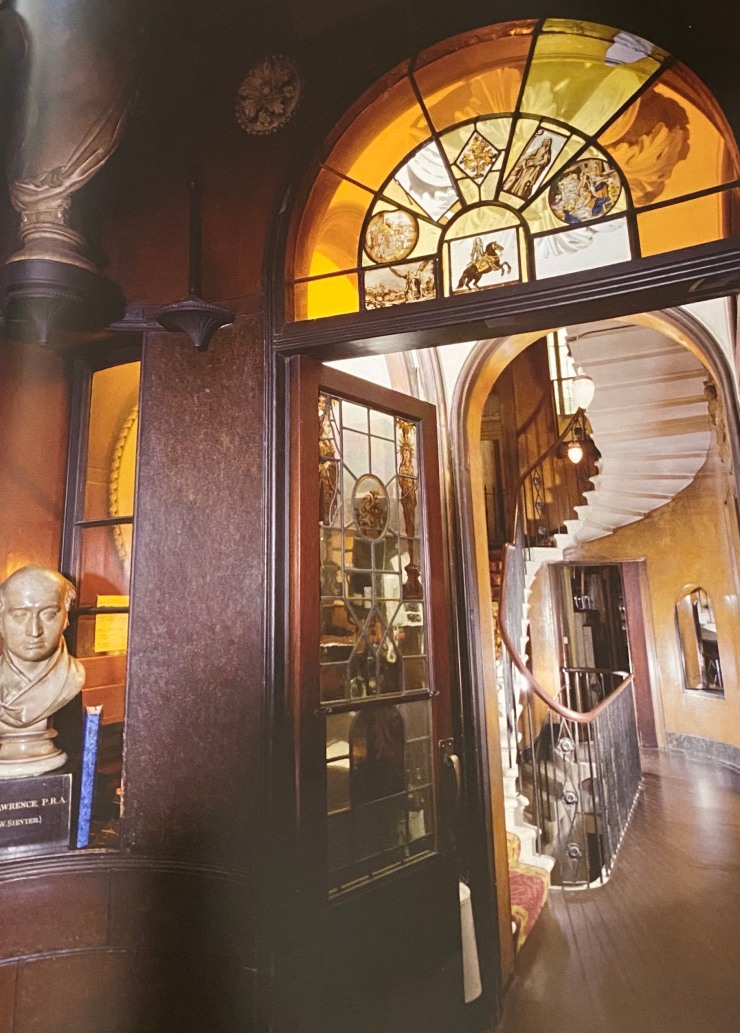
Founded in 1782, originally the Foreign Office occupied a different site. But when it relocated to the south side of Downing Street. Sir George Gilbert Scott was appointed to oversee the construction of the vast complex of buildings. Gilbert Scott envisaged the Foreign Office as a ‘kind of national palace, or drawing room for the nation’, designed to impress upon visiting foreign dignitaries the power and majesty of the British nation.
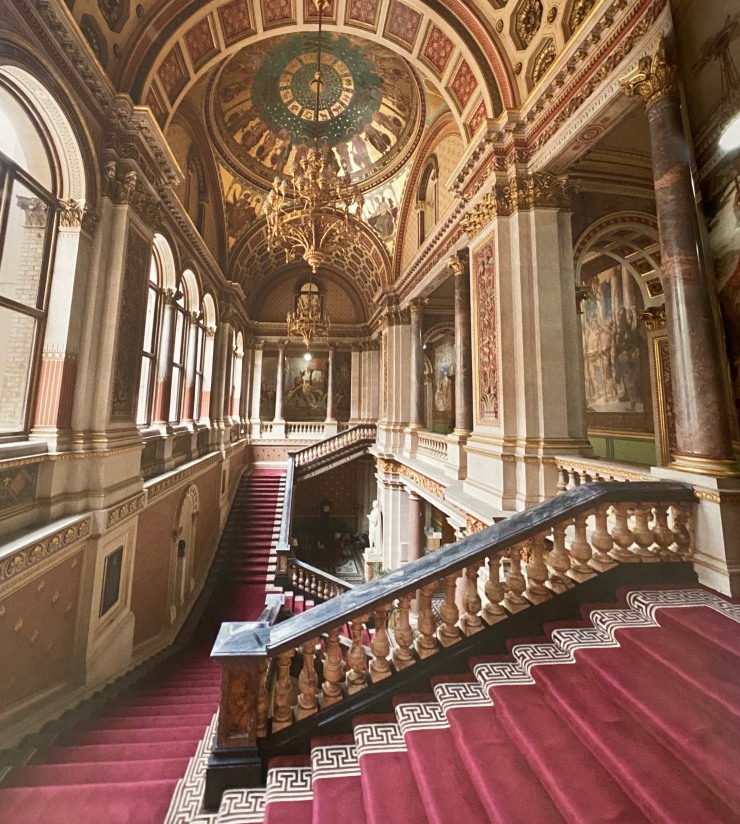
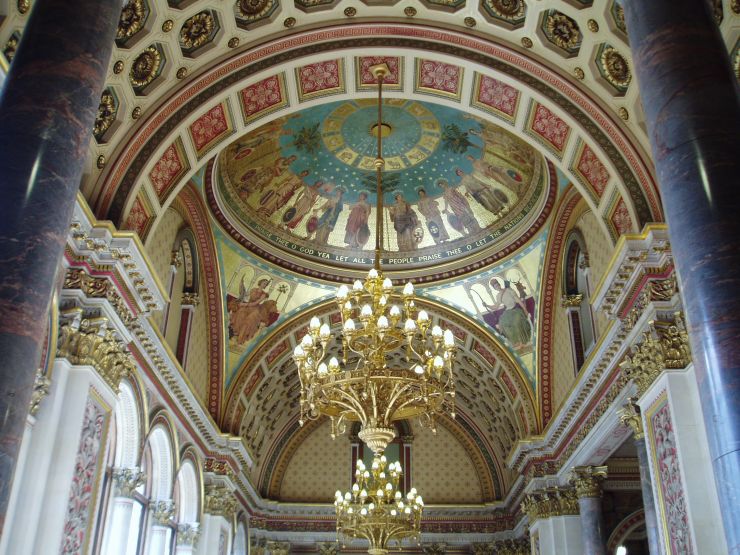
The Grand Staircase rises three storeys, culminating in a gilded dome decorated with allegorical female figures representing the 20 countries which had diplomatic relations with Great Britain at the time. The great coloured marble imperial stair divides in two as it soars majestically through the building, around its arcaded galleries. Lining the galleries is the famous sequence of murals depicting allegories of Britania.
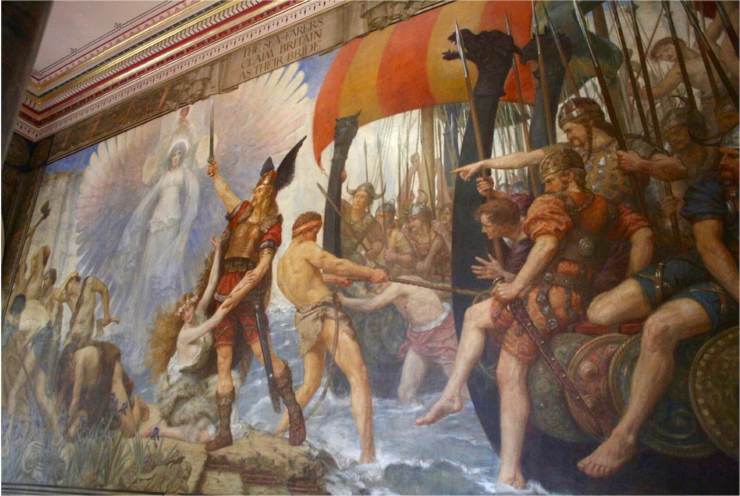
The Grand Reception Room is a huge, vaulted, double-height space painted with the signs of the zodiac, stencilling and gilding. This leads to the Dining Room with green walls and gilt stencilled stars. Many more elaborate and sumptuous rooms follow. The history of the Foreign Office is a triumphant affirmation of the skill and expertise of the conservation team involved, and also a fascinating insight into Victorian perceptions of Britain’s place in the world at the height of its greatest power.
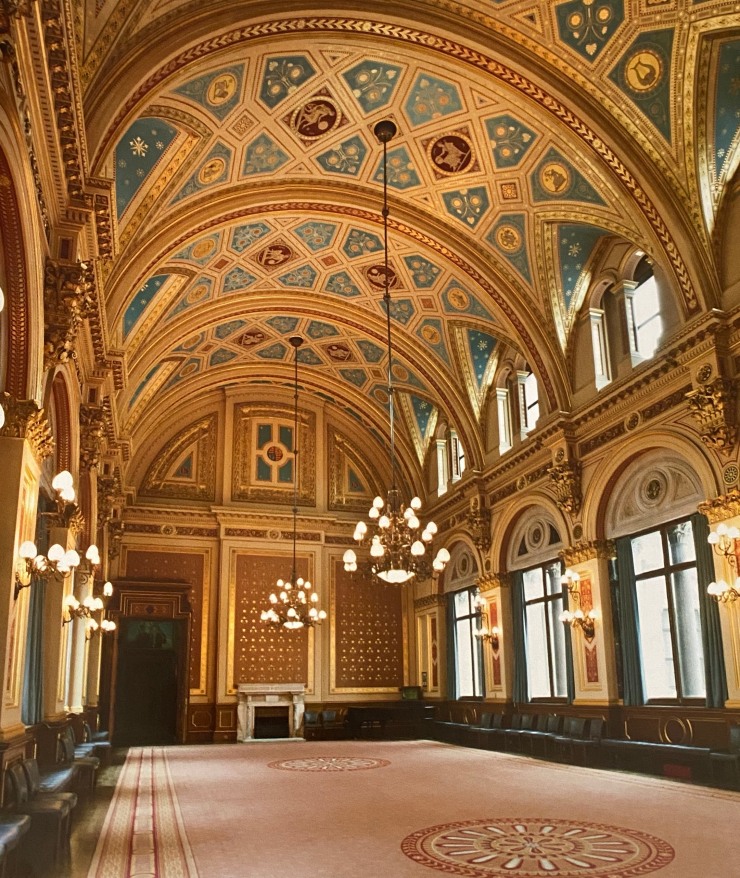
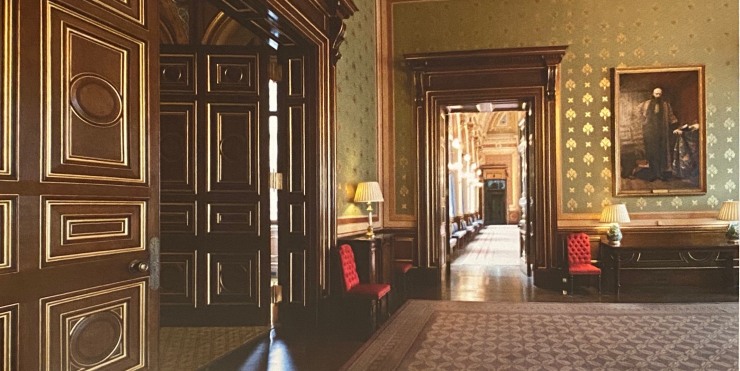
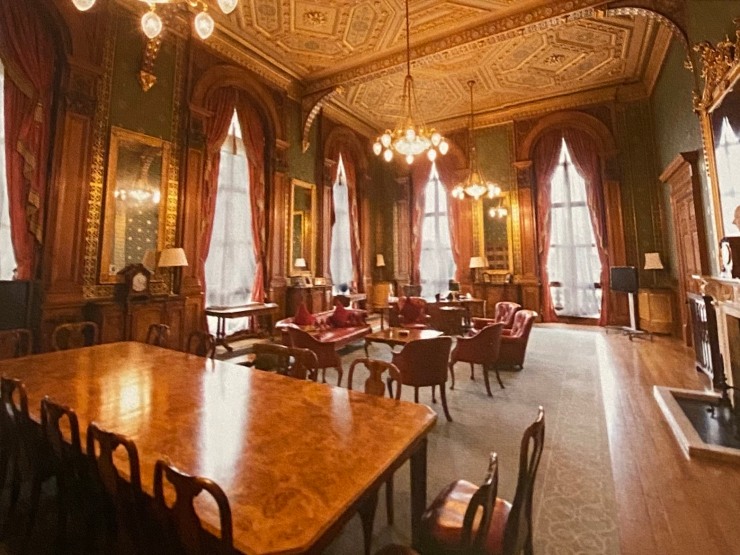
The Foreign and Commonwealth Office is open to the public for one weekend each year during Open House London.
See you next week for more unusual and special places.
“Spring will come and so will happiness.
Hold on. Life will get warmer.”
Anita Krizzan
Courtesy of Gheorghe Zamfir, part of “Spring” from “The Four Seasons” by Antonio Vivaldi:
Courtesy of TED-Ed,
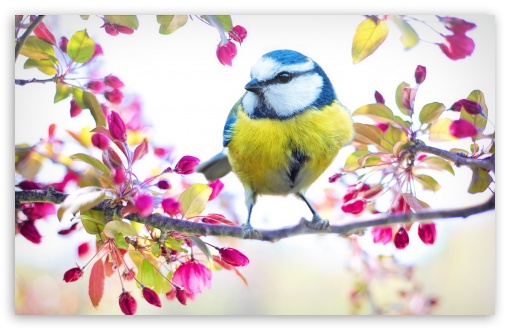
I enjoyed enjoying your quotes, videos, the beauty of the images full of stories that you share with us and illustrate with great color and uniqueness.
Greetings, Joanna.
LikeLike
Thank you, Lincol, for your wonderful comments! I hope that I got your name right. I like the word – uniqueness – as it applies to your poetry too!
Greatly appreciated.
Joanna
LikeLiked by 1 person
Of course you were right. Nice to visit you.
Regards Joanne.
LikeLike
Beautiful inspiration 🙏
LikeLike
Thank you for your kind comments and for reading a few of my posts. You have somewhere found my blog and you are welcome and greatly appreciated.
Joanna
LikeLiked by 1 person